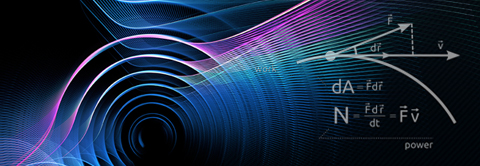Atomic-level insights into ferroelectric switching and preferred orientation of ultrathin hafnia
2022.05.24 10:17
| 날짜 | 2022-05-25 14:00 |
|---|---|
| 일시 | May. 25th (Wed), 14:00 |
| 장소 | E6 Room(#2501) |
| 연사 | Dr. Duk-Hyun Choe(Samsung Advanced Institute of Technology) |
Physics Seminar
“Atomic-level insights into ferroelectric switching and preferred orientation of ultrathin hafnia”
Duk-Hyun Choe
Samsung Advanced Institute of Technology
May. 25th (Wed), 14:00, E6 Room(#2501)
Over the past decade there has been a resurgence of interest in ferroelectric (FE) devices in the semiconductor device community. This interest was sparked by the discovery of ferroelectricity in a simple binary oxide, hafnia. Unlike conventional FE perovskite, FE hafnia exhibits ultra-scalable ferroelectricity compatible with Si electronics, providing an unprecedented opportunity for the use of FEs in advanced memory and logic devices. Many proof-of-concept devices based on FE hafnia are indeed showing some promise. However, their practical engineering is still largely relying on trial-and-error process that lacks a clear theoretical guidance, and it remains challenging to rationally design the FE devices for targeted applications. Thus, the community is now calling for more fundamental investigations on the physics of ferroelectricity in hafnia.
In this presentation, we briefly review the status of the field and provide our new understanding on FE switching and surface stability of hafnia. We will first introduce an ultralow FE switching mechanism that can enable rapid growth of the FE domains in hafnia [1]. We also establish a new class of topological domain walls in HfO2, which can help understand complex domain structures often present in FE hafnia samples. Next, we present our systematic study of surface-functionalized FE hafnia [2]. We show that their remnant polarization (Pr) and coercive field (Ec) can strongly depend on the surface treatments, providing a possible explanation for the enhancement of Pr in ultrathin hafnia with preferred orientation [3,4]. We believe our study represents an important step towards bridging the gap between practical engineering and the first-principles simulations in the field of FE hafnia.
[1] D.-H. Choe et al., Mater. Today 50, 8 (2021).
[2] D.-H. Choe et al., IEDM (2021).
[3] S. S. Cheema et. al., Nature 580, 478 (2020)
[4] H. Lee†, D.-H. Choe†, S. Jo† 36499 (2021).13, ACS Appl. Mater. Interfaces et. al.,
Contact: Prof. Chan-Ho Yang (chyang@kaist.ac.kr) ,
Departmentof Physics / Center for Lattice Defectronics
Department of Physics, KAIST







